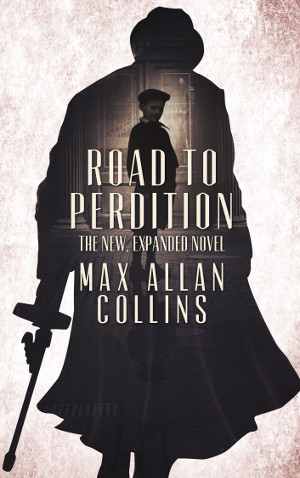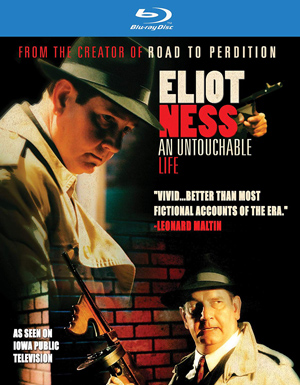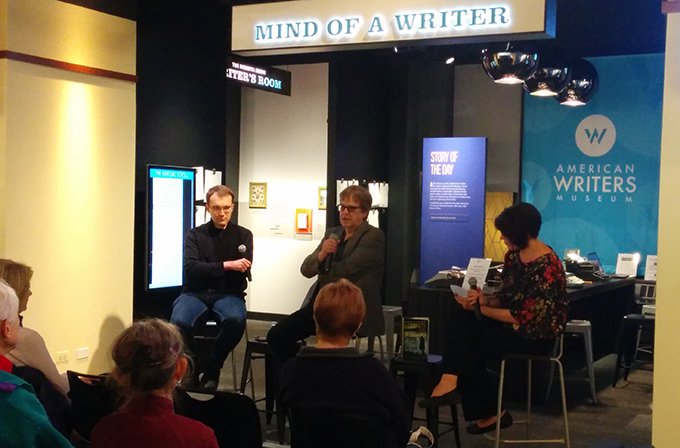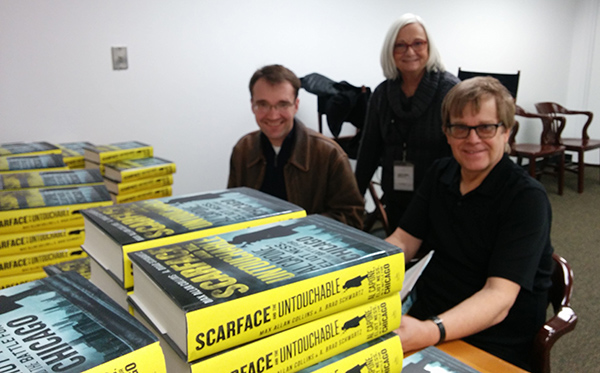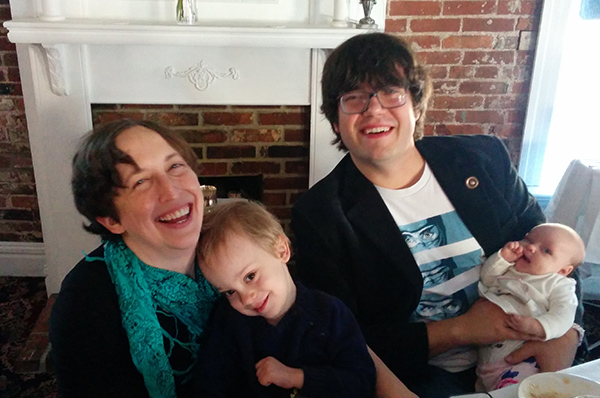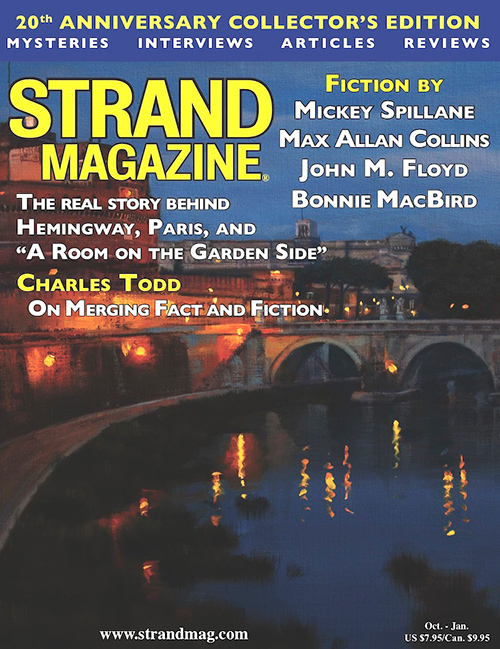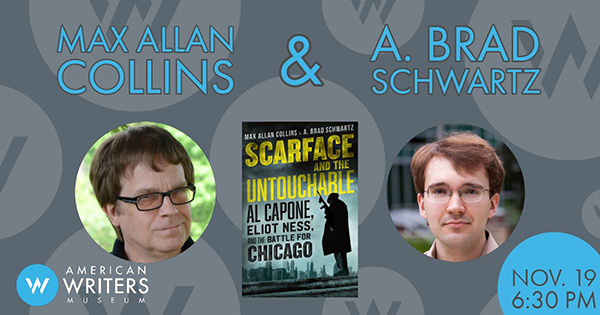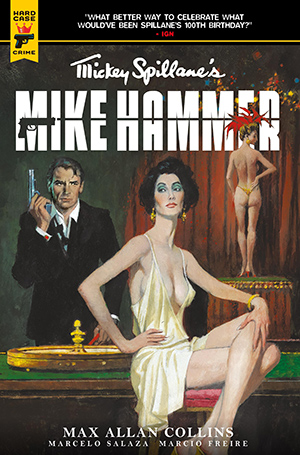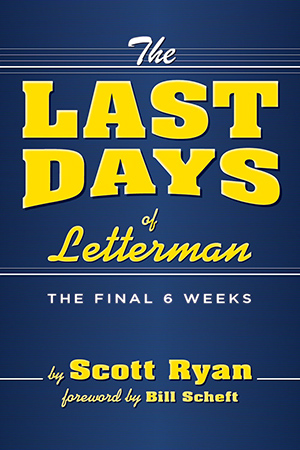By the time this appears, Brad Schwartz and I will have made our Chicago appearance at the American Writers Museum. But as I write this, Barb and I haven’t even left Muscatine yet. So any report will have to wait till next time, when I’ll also talk about Thanksgiving with son Nate, daughter-in-law Abby, and grandkids Sam and Lucy.
But there’s plenty to talk about first. Let’s start with two great names in American pop culture, both writers, who met their final deadlines recently.
I interacted with Stan Lee any number of times. Coincidentally, the first and most memorable was at WGN in Chicago, where Brad and I will be taping something the day before this update appears. Brad and I will be doing television, but Stan and I did a radio show, where he fielded questions about Marvel and I did the same about the Dick Tracy strip, which I was writing then. I’m guessing this was early ‘80s. Stan was friendly and everything you’d expect him to be, and we got along fine. In future, I would encounter him at comics conventions, mostly just saying hello. He always seemed to remember me, but I doubt he did.
While I have little interest in Marvel today, and have only written a handful of things for them, I was a big fan in junior high and high school (and even college). I knew of Stan Lee by his byline on pre-superhero monster comics and even Millie the Model (I read lots of different comics). I’m sure it made an impression on me that this was a writer getting a byline on comics without doing any of the drawing. I bought all his early superhero stuff at Cohn’s Newsland in Muscatine, including the first issues of Spiderman, Fantastic Four, The Hulk and The Avengers. I knew of Jack Kirby, too – I subscribed to Challengers of the Unknown in grade school. Kirby was why I was buying monster comic books featuring creatures like “Fin Fang Foom,” “Mechano” and (yes) “Groot” (many Marvel super-hero characters had earlier incarnations as monsters).
How long was I a Marvel fan? As long as Ditko (and then John Romita, Sr.) was drawing Spiderman and Kirby Fantastic Four, I was in.
What I liked about Stan was the humor he brought to his super-hero work, and the way he interacted with fans. I was a charter member of the Merry Marvel Marching Society. Some have tried to diminish his work by saying he screwed over Jack Kirby and Steve Ditko, but I know nothing of that and don’t want to know. What I know is he entertained and inspired me, and was friendly to me in person. Excelsior, Stan.
I never met William Goldman, who was a friend of Don Westlake’s – occasionally Don told me stories about his buddy “Bill.” I admired Goldman as a novelist (Soldier in the Rain, Marathon Man), although his screenwriting was where I think he really made an impact. He brought a storytelling touch to the form that made scripts read like, well, stories, not blueprints. He did this to save his sanity and also to make the screenplays compelling to the studio execs and directors who read them.
Goldman is, of course, the man who revealed to the world that the first and only rule about Hollywood is, “Nobody knows anything.” And he gave us the book that became the film Princess Bride. I wrote the novelization of his Maverick, not his best screenplay by a longshot but still good and a pleasure to turn into a novel that some (myself included) consider superior to the film. I like having a small connection to the man.
By any yardstick, William Goldman was a writer who left the world a better place for what he did while he was here. Let’s say it all together now: “My name is Inigo Montoya, you killed my father, prepare to die!”
* * *
So Netflix is making theatrical movies now, and streaming those movies even as they are hitting theaters. This is a tragedy, because it almost certainly means I will have to buy an even bigger TV.
So are the movies any good? Having seen two, I may not have enough to go on. But both are worth talking about.
First, Outlaw King. This historical epic is essentially a sequel to Braveheart, although only the dismembered arm of William Wallace appears (apparently not contributed by Mel Gibson). Reviews on this have been mixed, but Barb and I thought it was terrific. Pine was fine (sorry) as Robert the Bruce, the Scottish warrior king who faced seemingly impossible odds in a struggle to win independence from Britain – as an American whose grandparents on my pop’s side were name MacGregor, I can relate. The filmmaking is first-rate, with an opening shot that goes on forever without a cut, just a dazzling piece of work from director, co-screenwriter David Mackenzie. There’s even a decent love story. Barb was happy with Chris Pine’s nudity (me not so much) but the final battle scene was a bloody wonder, making Braveheart look like a garden party. High marks for Netflix on this one.
Then there’s The Other Side of the Wind. Netflix backed this assembly of footage from 96 hours Orson Welles shot between 1970 and 1976. Welles was attempting something new, influenced and I think intimidated by the American wave of young filmmakers that included Dennis Hopper (who appears in the film) as well as Coppola, DePalma and Scorsese.
To call the production troubled is like saying Citizen Kane is pretty good. Cast members came and went, sometimes due to availability; locations meant to suggest California include Arizona, Connecticut, France, the Netherlands, England, Spain, Belgium and sometimes even California. The cast is stellar, to say the least, but the shifting players means nothing really coheres – Peter Bogdanovich plays (not particularly well) a role based on himself that was originally acted by Rich Little, who left the production to meet a prior Vegas gig. Lilli Palmer is in a few scenes (shot in Spain), interacting with almost nobody, though it’s supposed to be her house where the interminable Hollywood party is happening. John Huston reveals how limited his bag of acting tricks is, and does himself nothing but harm.
It’s a mess – something of a glorious mess, and that it works at all is due to editor Bob Murawski somehow stitching it all together. Cuts come quickly, from black-and-white to color and back again, creating an auto accident of a movie about a filmmaker’s (off-stage) auto accident. Much of Wind is a film-within-a-film spoof of pretentious European films of the Antonioni variety (at least I hope it’s meant to be a spoof) starring Welles’ female companion/partner, Oja Kodar, billed as co-writer, who is mostly nude (I did enjoy her nude scenes more than Chris Pine’s).
It’s a hateful, ridiculous film, clogged with Welles bitterly attacking Hollywood in general and critic Pauline Kael in particular (via Susan Strasberg, quite good), with side dishes of bile reserved for his supposed friend Bogdanovich, among others. But it is of course fascinating as well, and probably required viewing for any real film buff.
Better than The Other Side of the Wind is They’ll Love Me When I’m Dead, a Netflix documentary, itself feature-length, that looks at the making of the beleaguered film.
For all the hoopla surrounding The Other Side of the Wind supposedly having been finished along lines that would have satisfied Welles (who did leave about 45 minutes of the two-hour feature in an edited form), a similar situation with a great French filmmaker has led to a different approach and a much better film than Wind or even the documentary about it.
Available from Arrow on Blu-ray, Henri-Georges Clouzot’s Inferno is a 2009 documentary by Serge Bromberg that deals with another legendarily unfinished film. Clouzot, the genius who gave the world Diabolique and Wages of Fear among other masterpieces, stumbled in 1964 with his film, Inferno. Similarly to Welles, Clouzot was dealing with changing times and specifically the changing approach to filmmaking represented by the French New Wave. As far as I’m concerned, no New Wave filmmaker can touch him, but filmmakers are human and Clouzot allowed himself to get caught up in fascinating but largely pointless visual experimentation. He landed the leading starlet of the moment, Romy Schnieder, and cast an actor who’d been in a previous film of his, Serge Reggiani, in a story of sexual obsession and jealousy. It’s essentially James M. Cain’s Postman Always Rings Twice, if the older man with a younger wife is only imaging an affair she’s having with a younger man, and is driven mad to the brink of violence.
Working from fifteen reels of film, with most of the soundtrack missing, the documentation assembles the unfinished Inferno into sequences that appear, roughly, in narrative order. But these scenes are interspersed with revealing test films and interviews with cast and crew. Some of the missing scenes (there actually don’t seem to be that many) are staged with actors Bérénice Bejo and Jacques Gamblin, who provide dialogue. The imagery, particularly of lovely Schneider, is stunning. Like Welles in Wind, Clouzot shot in both black-and-white and color; but the French auteur had a method to his madness – the color footage, which was processed to have bizarre coloration, represents only the would-be cuckold’s warped imaginings.
Clouzot ultimately crashed with Inferno because his authoritarian treatment of actors drove his leading man to quit, shortly after which the director had a heart attack and production was halted, never to be resumed. (Clouzot did make another film, La Prisonniere, before his death in 1977.)
Unlike Wind, Inferno might have been a great film, had Clouzot (who wrote the script, as usual) been able to finish it. (Claude Chabrol shot the screenplay years later, but I haven’t seen that…yet.)
* * *
And now, my final verdict: Rotten Tomatoes, and the largely rotten reviewers whose opinions it gathers, is officially worthless.
Barb and I were very much looking forward to Widows. We were aware the source material was a two-season 1980s series from the dependable Lynda LaPlante, creator of Prime Suspect (but we had never seen it). The idea of a group of widows who take over for their late heist-artist husbands seemed pretty foolproof. The reviews for Widows are mostly raves. Rotten Tomatoes has it at 91%.
SPOILER ALERT: it stinks. We walked out, but not until we’d been subjected to an hour of poor direction and stupid scripting. Steve McQueen (much better an actor in The Great Escape than a director here) (yes, I know the British McQueen won a Best Picture Academy Award for 12 Years a Slave) co-wrote with Gillian Flynn. I suspect the original LaPlante series was good.
Virtually every sequence of Widows begins with a disorienting shot (for example, a substance that turns out to be hair being teased, when the camera pulls back; and a lengthy pointless sermon by a hypocritical black-church preacher, in close-up forever before revealing his stereotypical congregation). A sadistic diminutive thug (so sadistic he tortures a wheelchair-bound victim – he’s a baaaaaaad man!) constantly does things for no reason other than to shock the audience. Scenes go on endlessly, and are often staged in a ridiculously show-offy manner – how about a conversation between a Chicago candidate for alderman and his Lady Macbeth of a wife entirely from one-locked down angle on a car in motion, with no view of the people talking.
I seldom hate a film. I hated this. I knew at once (a real SPOILER ALERT sort of coming) where it was headed when Liam Neeson’s character was killed in the first five minutes (maybe I should saying “apparently killed”). I checked on line to see if I was right. And of course I was (Barb, too).
So Rotten Tomatoes gets a 0% fresh rating from the Collins household.
* * *
Paperback Warrior has posted an excellent review of Quarry’s Choice. This is really a wonderful, smart write-up of what is one of my two favorite books in the series (the other is The Wrong Quarry).
If you want to hear me talk about something that isn’t movies, go to Mystery Tribune for an interview with me on the new Mike Hammer: The Night I Died graphic novel.
Crimespree is giving away Scarface and the Untouchable. But, of course, you’ve already bought a copy.
The new issue of The Strand has the Spillane/Collins short story, “Tonight, My Love.” An important piece of the canon, though brief. It’s the holiday issue and a fine way to end the year in a Spillane centenary fashion. Check it out.
And here is a page with info about the next Caleb York western novel, Last Stage to Hell Junction. Next May, but why not start wanting it now?
M.A.C.
